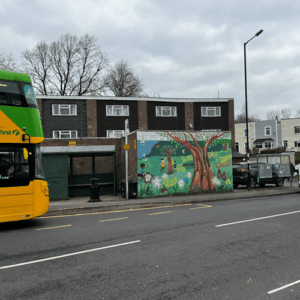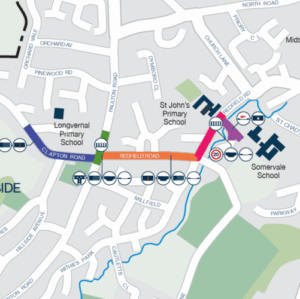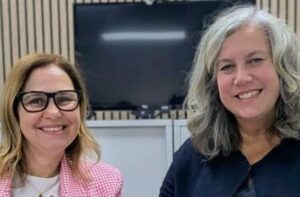
New transport hub planned for Pill
Plans for a new transport hub in Pill, North Somerset, are moving forward with works set to start early January...
Top line: Neighbourhood green environments where people can walk are likely to contribute to residents’ physical and mental health. In order to promote community health through enhancement of the environment, the planning and design of neighbourhood open spaces need to emphasise the importance of “walkable” green spaces.
Studies have shown associations between health indices and access to ‘‘green’’ environments but the underlying mechanisms of this association are not clear. Studies have also shown that it is the presence of increased opportunities afforded by the built environment to be more physically active that is most influential and not activity-oriented residents choosing to live in certain neighbourhoods.1 A recent paper set out to examine associations of perceived neighbourhood ‘‘greenness’’ with perceived physical and mental health and to investigate whether walking and social factors account for the relationships.2
The method was a mailed survey which collected the following data from adults in Adelaide, Australia: physical and mental health scores (12-item short-form health survey); perceived neighbourhood greenness; walking for recreation and for transport; social coherence; local social interaction and socio-demographic variables.
After adjusting for socio-demographic variables, those who perceived their neighbourhood as highly green had 1.37 and 1.60 times higher odds of better physical and mental health, respectively, compared with those who perceived the lowest greenness (ie significantly better health). Perceived greenness was also correlated with recreational walking and social factors. When walking for recreation and social factors were added to the regression models used, recreational walking was a significant predictor of physical health. Recreational walking and social coherence were associated with mental health and the relationship between greenness and mental health remained significant. Recreational walking may be associated with health as it is a marker of a healthy lifestyle.
Neighbourhood aesthetics has been found to play a role in encouraging physical activity. Shade provided by trees may also encourage being outdoors in hotter climates. There are, however, other green environmental attributes that may act to deter walking, such as vegetation obstructing a line of vision, which may decrease the sense of safety.
Overall, perceived neighbourhood greenness was more strongly associated with mental health than it was with physical health. Recreational walking seemed to explain the link between greenness and physical health, whereas the relationship between greenness and mental health was only partly accounted for by recreational walking and social coherence.
1 See Essential Evidence No 11 http://www.bristol.gov.uk/ccm/cms-service/stream/asset/?asset_id=29622158
2 Sugiyama, T, Leslie, E., Giles-Corti, B., Owen, N. 2008 Association of neighbourhood greenness with physical and health: do walking, social coherence and local social interaction explain the relationships? Journal of Epidemiology and Community Health, 62: e9. http://jech.bmj.com/content/62/5/e9.full.pdf?ath_user=nhsadavis013&ath_ttok=%3CSwbAiaNqSwx6eyQsSQ%3E
Page 1

Plans for a new transport hub in Pill, North Somerset, are moving forward with works set to start early January...

New funding will improve walking routes in Midsomer Norton, helping children travel to school more safely.

Works to extend the popular m1 metrobus route and improve walking, wheeling and cycling infrastructure in the area are set...

The West of England Mayoral Combined Authority will receive more than £11.7 million in government funding to help them deliver...

Millions of passengers in the region are set to benefit from faster, cheaper and more reliable buses after the Government...